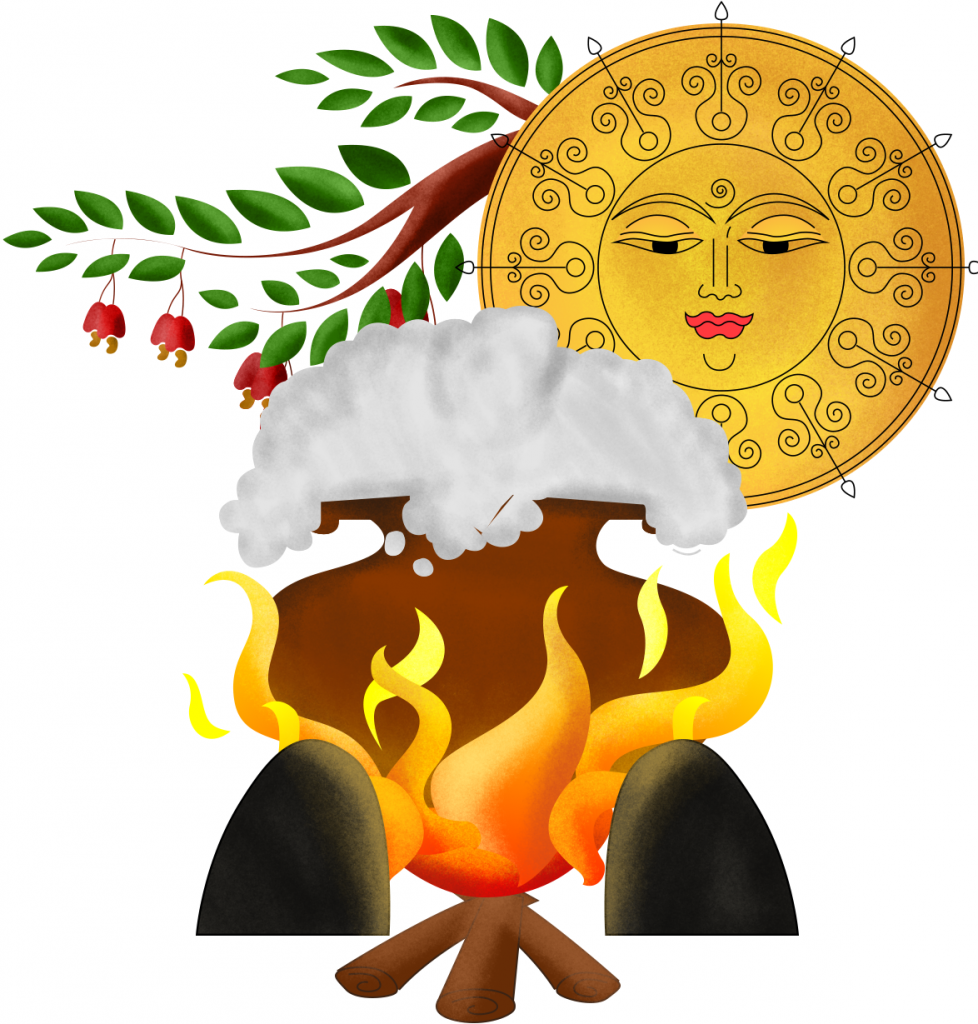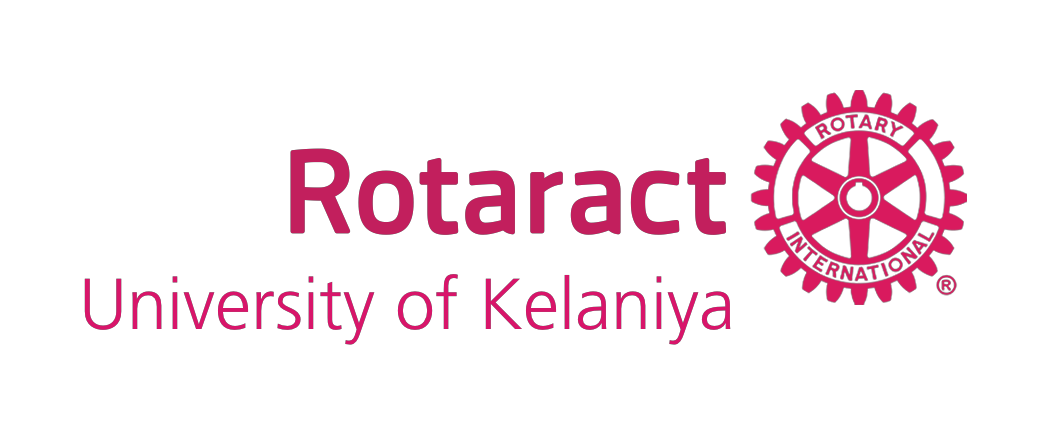May this year bring new satisfaction, new objectives, new accomplishments and a great deal of new motivations on your life! Wishing you a year completely stacked with bliss!
The month of Bak, which represents prosperity in the Sinhalese calendar, is when the sun moves (in an astrological sense) from the “Meena Rashiya” to the “Mesha Rashiya” in the celestial sphere when Sri Lankans begin celebrating Sinhala and Tamil New Year which is called as “Aluth Avurudu “(in Sinhala) which is the biggest celebration in Sri Lanka that features a load of rituals and customs. This is one of the must celebrations to experience within the island. It marks the end of the harvesting season and also coincides with one of two instances when the sun is directly above Sri Lanka. The blossoming of the flowers of the “Yak Erabadu” is associated with the advent of the Sinhala and Tamil New Year.
However, unlike the celebration of the new Gregorian calendar year at midnight on 31st December, this traditional New Year begins at a time determined by astrological calculations. Also unlike 31st night celebrations, where an old year ends at midnight and new year begins immediately afterwards; the ending of the old year, and the beginning of the new year occur several hours apart from one another. This period is, referred to as the” Nonagathaya” and during this time Sri Lankans are, according to tradition, encouraged to refrain from material pursuits, and engage solely in either religious activities or traditional games.

Cultural rituals begin shortly after the beginning of the Sinhala and Tamil New Year, with the cleaning of the house and lighting of an oil lamp. In some communities, women congregate to play upon the raban to announce the incipient change in the year. Families carry out a variety of rituals, at the exact timings which have been determined by astrological calculations, such as lighting the fire and making milk rice and then entering into the first business transaction and eating the first morsels. The rituals vary slightly based on the living area. However, the core of the celebrations remains the same. The approach of each auspicious time for various rituals is heralded by the unmistakable sign of very loud firecrackers.
Once the important rituals are done, the partying begins as families mingle in the streets, homes are thrown open and children are let out to play. Sinhala and Tamil New Year is a season all about family-focused celebrations. People working in cities return to their hometown or village and celebrate the New Year with their extended family. Fun games and activities also play an important part in New Year celebrations.
You cannot speak about Sinhala and Tamil New Year without mentioning about food as tasting sweetmeats is a must to do during the April holidays in Sri Lanka. The ubiquitous plantain is dished out alongside celebratory feasts of Kavum, Kokis, Asmi and Mun Kavum.
This day is an important national holiday for both the cultures of the Sinhalese and the Tamils in Sri Lanka. The celebrations are given wide coverage and patronage from state-owned media as well as private media.
May this New Year acquire all the beneficial things in life you genuinely deserve. You had an astonishing year as of now and you’re going to have another; all the more astounding one!




